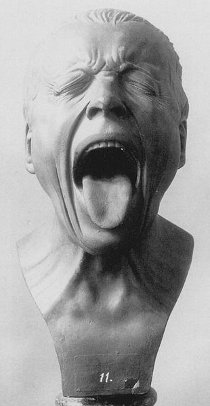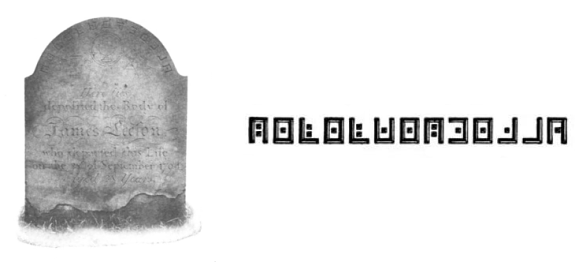
Claiming to be haunted by the “spirit of proportion,” German sculptor Franz Xaver Messerschmidt (1736-83) found he could subdue its attacks by pinching himself and pulling a face in a mirror. Pleased with this success, he resolved to sculpt every “canonical” variety of human grimace.
By the time of his death at age 47, he had executed 69 “character heads” in lead, stone, and wood. None had been commissioned, and none were sold during his lifetime; they were the product of a peculiarly personal obsession and a passionate discipline. (A visitor who had observed him in 1781 noted that Messerschmidt “looked into the mirror every half minute and made, with the greatest exactitude, precisely that grimace which he just needed.”)
Interpreting the heads has been equally the province of psychology and art history. Messerschmidt may have been mentally ill, but he was undeniably gifted, and it appears he achieved the goal he had set. “It is utterly strange,” wrote Jonathan Jones of a recent Louvre exhibition. “No other artist of the age worked in a similar way, and you sense a long sickness of compulsive, isolated behaviour in what are nevertheless great works of art.”






